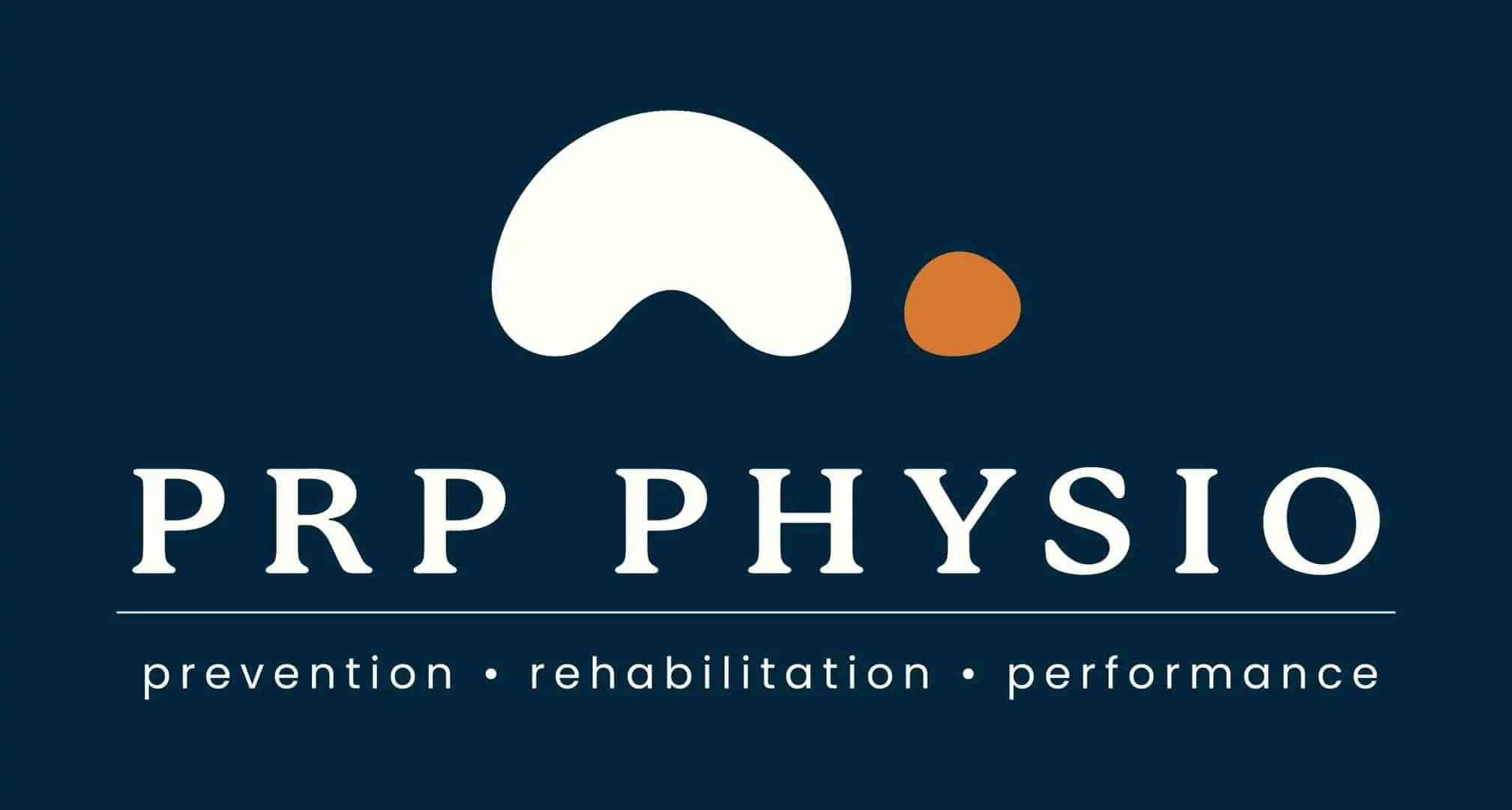
The Low Down on Low Back Pain – Part 3
The lumbar spine is strong, so what on earth could go wrong? We delve deep into the depths of low back pain to bring your the cold hard facts about it. This time we focus on the the benefits of keeping active, imaging, surgery, and the role of psychological factors.









